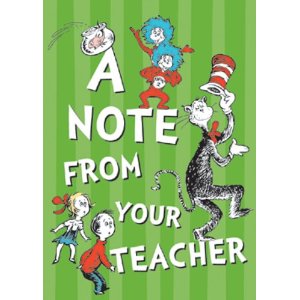 I’ve been doing some CRT work lately at a couple of different schools. I really miss teaching a classroom full of students so this is a great way to keep my hand in. I really love teaching kids! I love it even more when they teach me a few things too!
I’ve been doing some CRT work lately at a couple of different schools. I really miss teaching a classroom full of students so this is a great way to keep my hand in. I really love teaching kids! I love it even more when they teach me a few things too!
While working as a CRT I’ve been able to put into practice some of the things I really believe about classroom management and getting to know the kids in very little time – especially being in secondary schools where you only get about 50 minutes on average to make a connection. So here are a few things I’ve tried and tested and I believe they work:
1. Always, and I do mean always, arrive at the room very happy to see the students and greet them wholeheartedly! With this they come back with “Are you our teacher today?” to this I like to reply “Yes! And I can’t wait!” 🙂
2. I usually begin with asking them what they have been doing – even though the work left by most teachers explains it – but I always like to have them think they have the upper hand and that I’m dependent on them letting me know. AND I’m very interested in hearing what they have to say – I make eye contact with each and I even move to stand near each student as they make a contribution. I then proceed to begin a discussion where I’m asking the sorts of questions that require them to take charge and tell me what they know BUT I also slip in lots of questions that actually makes them ‘think’. I like to think of it as challenge beyond knowledge. This is where I mentally engage the de Bono green hat. I’ve written about how I use these hats in different ways in a previous blog. I try and get them to begin questioning what they know and think ‘outside the square’ and I have lots of fun doing it especially when they start to realise and say “Miss, I never thought of that.” That’s when I know I’ve got them. It also helps if you can relate what they are doing to real life experiences, so I tend to share one of mine (not too personal) and encourage them to do the same.
3. I always make sure that the work the teacher has left is covered – but I also have no hesitation in actually ‘teaching’ it. For example, if the regular teacher has asked that they read and respond I offer different strategies they can use in order to get the work done based on learning preferences. I encourage them to highlight main points, show a few different methods of note taking, and tell them interesting facts about how their brain works, like “did you know our brain can remember 5 main points down the page but many points across? Why? I have many other ideas I employ depending on the work left by their regular teacher.
4. I always write a detailed account of what we covered in class and how we went about it and instead of pin pointing trouble makers, I actually highlight the students who I think contributed something interesting or challenging about the work.
5. I always try and use the last 5 mins to re cap the strategies they may have used that made the work more manageable and encourage them to take that into their next class. I have found over the many years that secondary students don’t always take their ‘learning’ from one subject into another. I don’t always blame the students for this. I am going to put myself out there and suggest a lot of that comes from we secondary teachers who tend to ‘teach’ subjects rather than students. It is important that students are aware of the different strategies they can use in their learning. Many times they, and we, forget that while it is important to ‘know’ content, it is far more important to learn to ‘know’ what to do with it, and how and when to use it, oh… and WHY…
Thanks for reading 🙂
PS: TLN runs CRT conferences during the holidays. I’ll be presenting on July 2 check it out here

